Casamassima is a municipality in the province of Bari, called the “blue country”. The facades and doors of its homes, in fact, for centuries, have been entirely painted in shades of light blue, light blue and blue which give it a unique charm, recognized throughout the world. The origin of the village dates back to Roman times, when the place was inhabited by populations of Messapian origin. Over the centuries, Casamassima has undergone the domination of various powers, including the Byzantines, Normans and Aragonese, who have left an indelible mark on its architecture and culture.
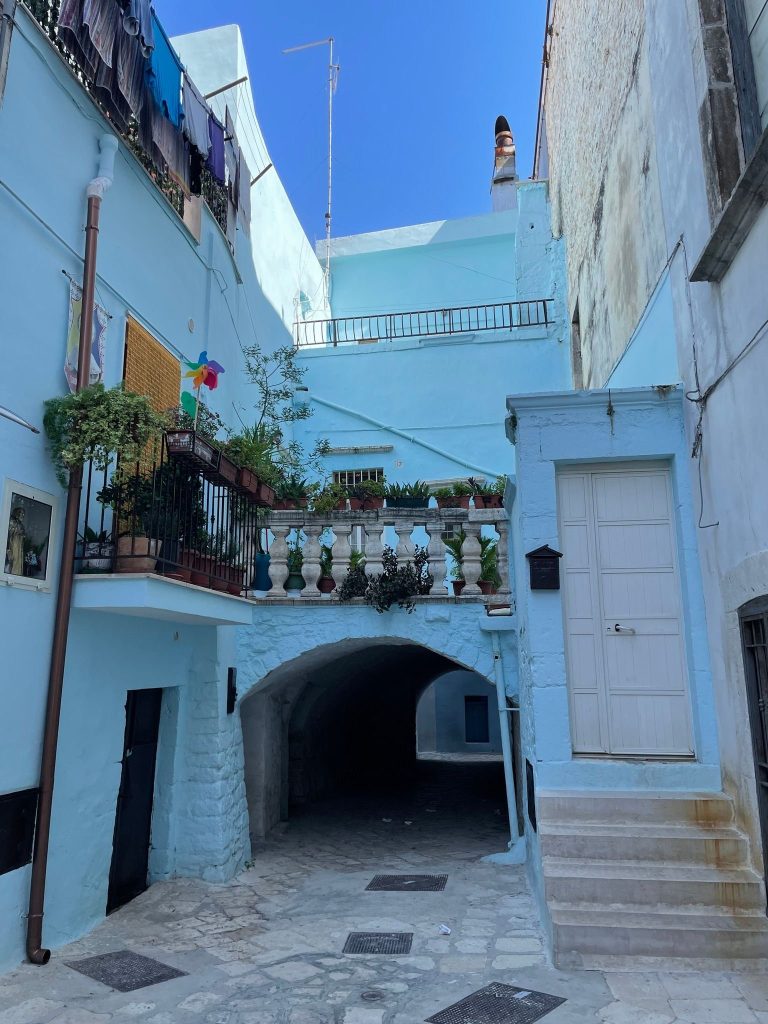
Devotion to the Madonna
The blue houses of Casamassima give the town a magical and unreal atmosphere, which seems to spring directly from a dream. Due to this characteristic, the village has been compared to other blue places in the world, such as the cities of Jodhpur (India), Chefchaouen (Morocco) and Safed (Israel). The choice to paint the buildings and walls blue could be traced back to a divine event that occurred in the mid-seventeenth century.
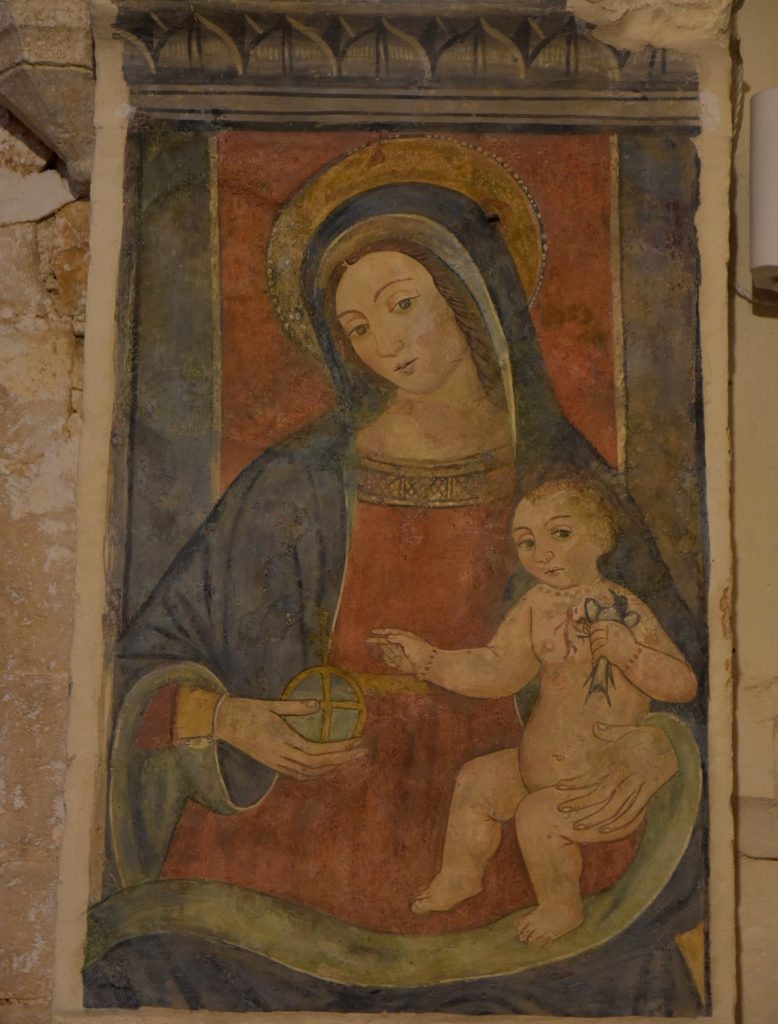
At that time, Italy was hit by a terrible plague epidemic which, however, did not reach Casamassima. People got sick even a short distance away, but not here. The population attributed the prodigious event to the protection of the Madonna of Constantinople, who would have spared the country from the plague. In gratitude, the then duke Odoardo Vaaz he ordered the people to paint the current historic center with quicklime using a blue color similar to that of the Madonna's mantle.
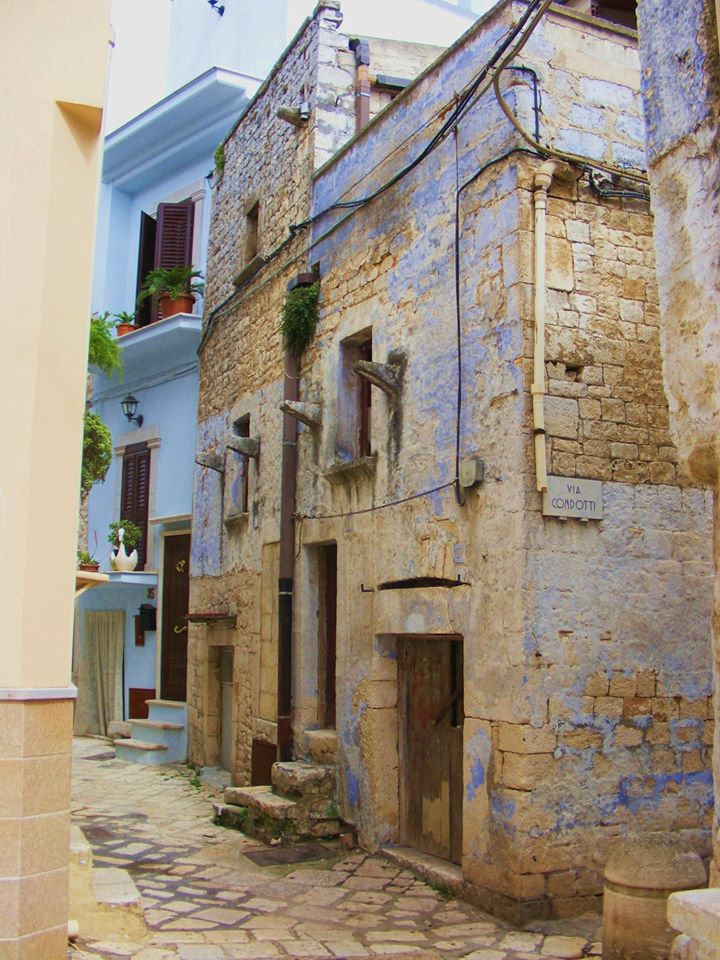
Casamassima and the symbols of Jewish tradition
This legend is joined by a recent hypothesis put forward by the architect Marilina Pagliara. It too is linked to religious motivations, but has its roots in Jewish tradition. Just as the cities of Jodhpur, Chefchaouen and Safed hosted communities of fleeing Jews, who used blue paint to color their houses, Casamassima - the architect hypothesizes - may also have hosted a small Jewish community, identified through the color blue of their homes.

Going back into the history of the small Apulian municipality, there is actually a connection and it is linked to the figure of a Sephardic Jew: Miguel Vaaz de Andrade, considered by many historians to be one of the major European grain merchants, who took refuge in Naples in 1580. Having become rich, he bought the fiefdom of Casamassima and almost certainly established a Jewish community in the village. The hypothesis is supported by the presence of a round opening with a six-pointed star in a seventeenth-century house in the Scesciola district and by other Jewish symbols.
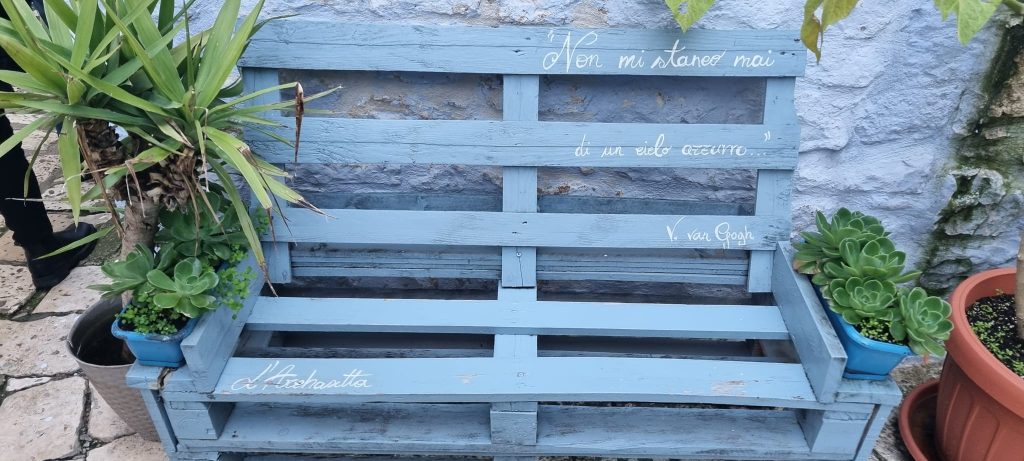
A village to visit
Casamassima has managed to preserve its identity and charm intact, which fascinate artists, painters and tourists. The narrow, winding streets of the historic center lead to welcoming squares and ancient stone buildings, which tell the story of the village and its traditions.
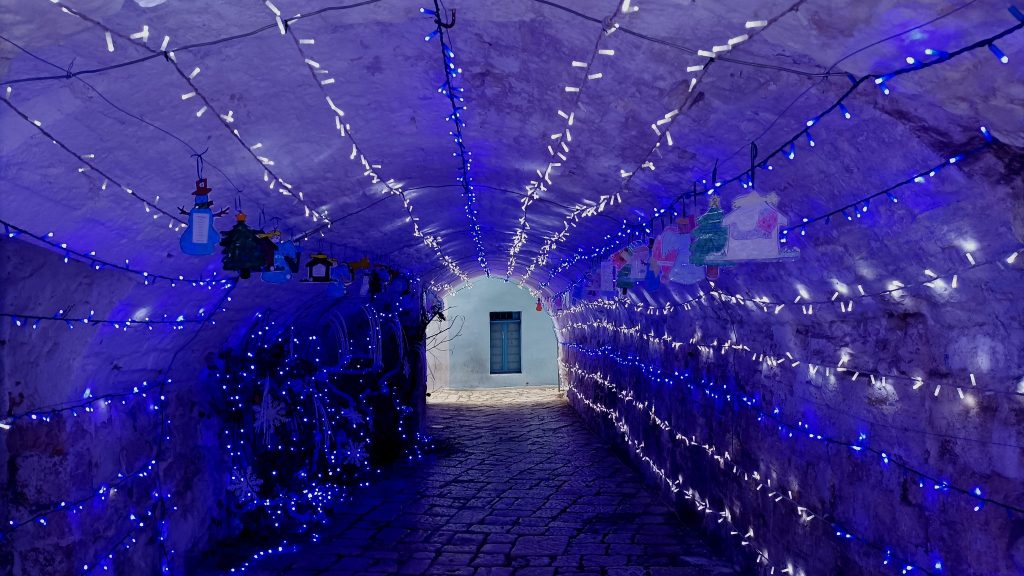
One of the main attractions is the Mother Church of San Giovanni Battista, a true jewel of Baroque architecture dating back to the 18th century. Inside, you can admire frescoes and works of art of great value, which testify to the religious and artistic devotion of the local community. Furthermore, near the town there are numerous sites of historical and archaeological interest, such as the Castellana Caves and the Trulli of Alberobello, both reachable in a few minutes by car. Anyone lucky enough to visit this country will be fascinated and enraptured by the magic that surrounds it.
(Photo: Pro loco Casamassima, Facebook page)





